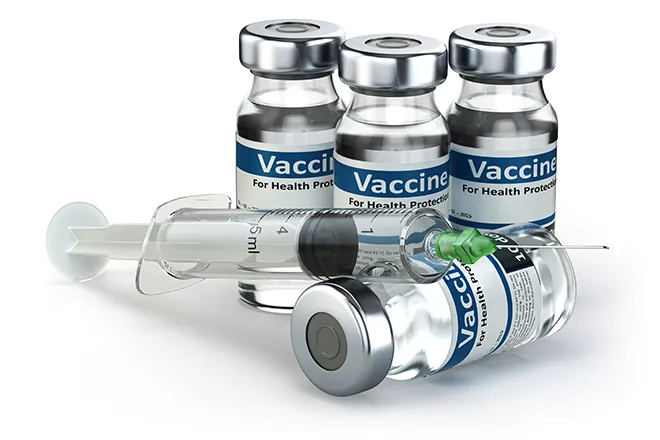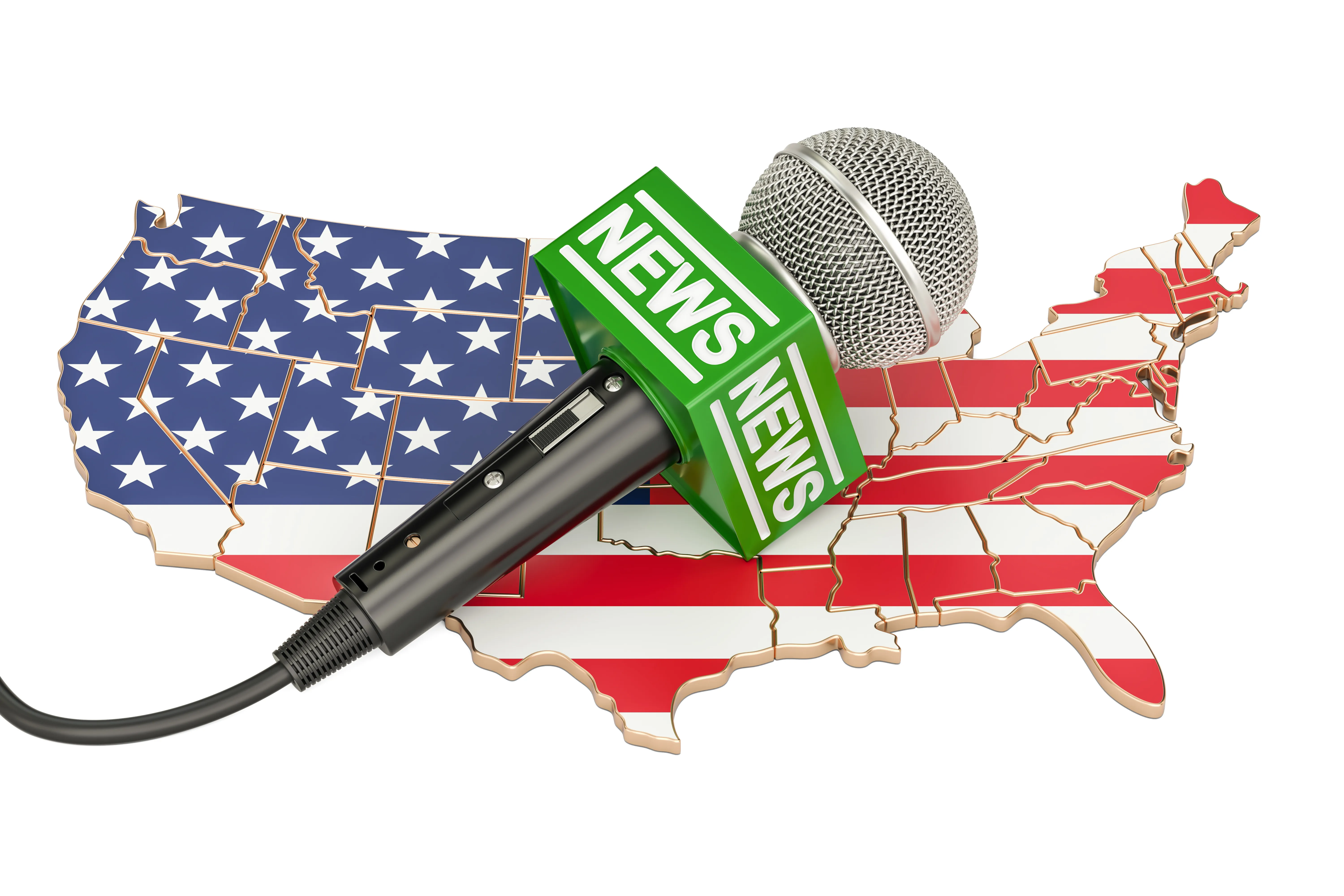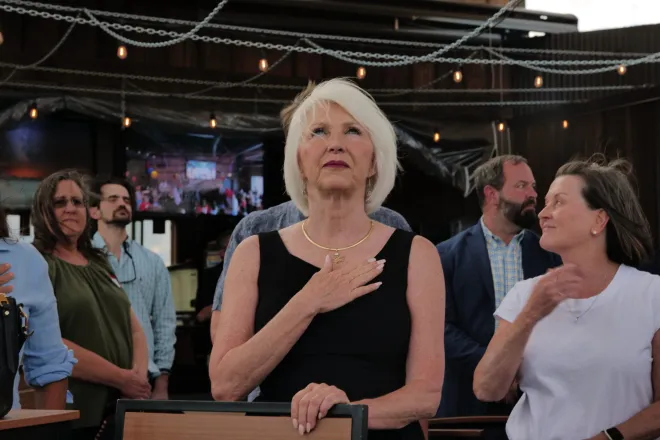
South Dakota’s Native population sees 'double whammy' of health barriers
Click play to listen to this article.
Funding for the Indian Health Service has increased over the past decade but the agency remains underfunded, which affects both the health and culture of South Dakota tribes.
In 2021, the life expectancy of a Native American or Alaska Native in the U.S. was just over 65 years. That's 11 years less than non-Hispanic white people, and the biggest gap since 1940.

Damon Leader Charge, director of tribal outreach for the Sanford School of Medicine at the University of South Dakota and former Tribal Health Administrator for the Rosebud Sioux Tribe said the Indian Health Service must provide health care for Native people but noted in a panel discussion care can be hard to get.
He noted people in his tribe who want to use the Indian Health Service to give birth have to travel 90 miles to Pine Ridge.
"We're not having our babies within our tribal homelands," Leader Charge pointed out. "If our young parents don't have those type of teachings, in terms of maternal child health, that baby -- that Wakanyeja, that sacred being -- is going to really start off on the wrong foot."
Indian Health Service funding has increased 68 percent over the past decade, but experts said it is still too low. In 2017, spending per capita was less than half the spending for veterans and less than one-third for Medicare, according to the National Council of Urban Indian Health.
DenYelle Kenyon, associate dean of community health and engagement at the University of South Dakota, said the problems are multipronged, so the solutions must be, too.
"In our state, the tribal lands have a 'double whammy' of facing both the historical piece and being rural," Kenyon observed. "We really need to not only grow the hospitals and the providers, but approach this from that health equity lens."
She stressed it means looking at social determinants of health, which include other qualities of life that relate to health like access to healthy food, and educational and economic opportunities.

















